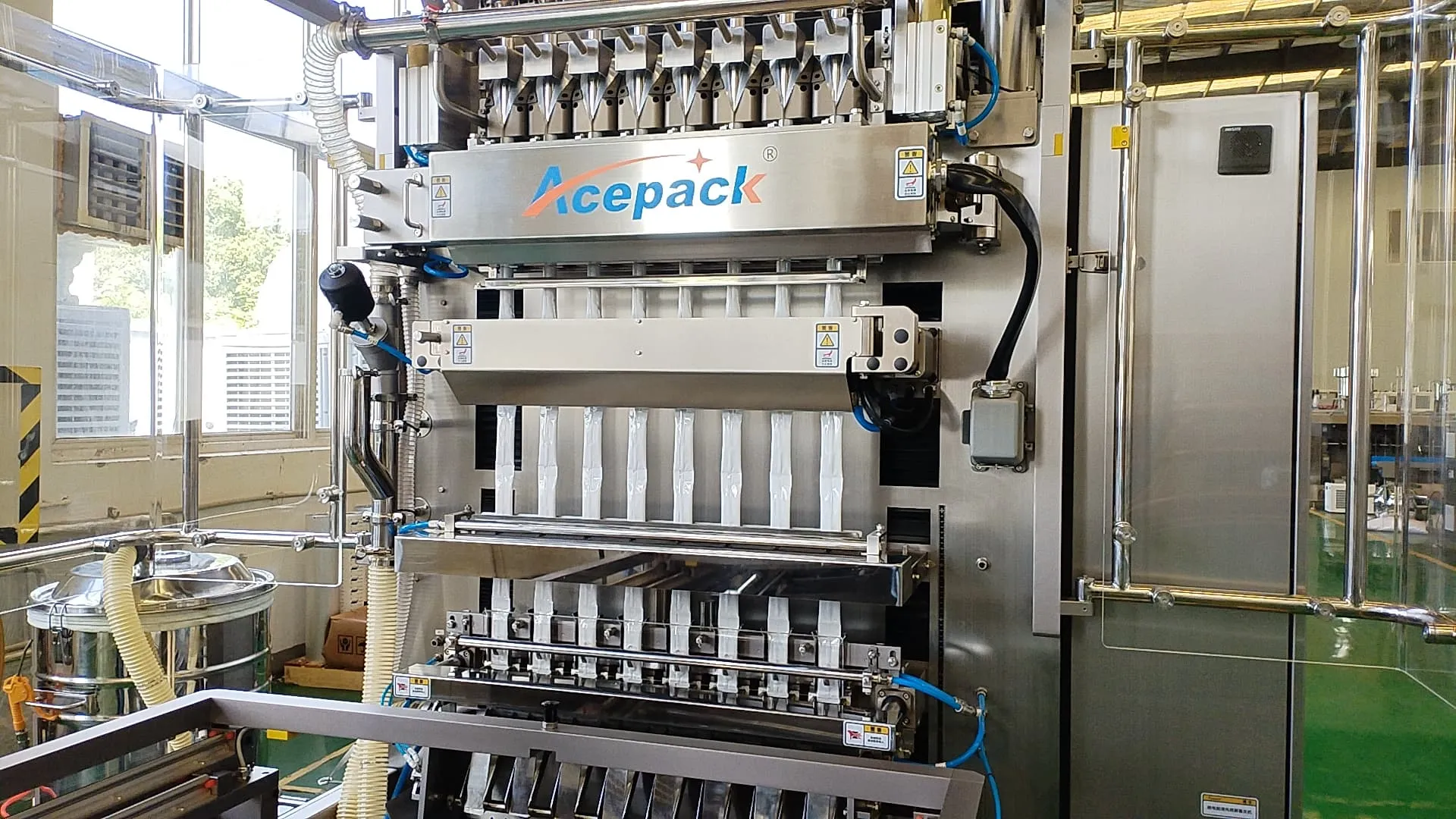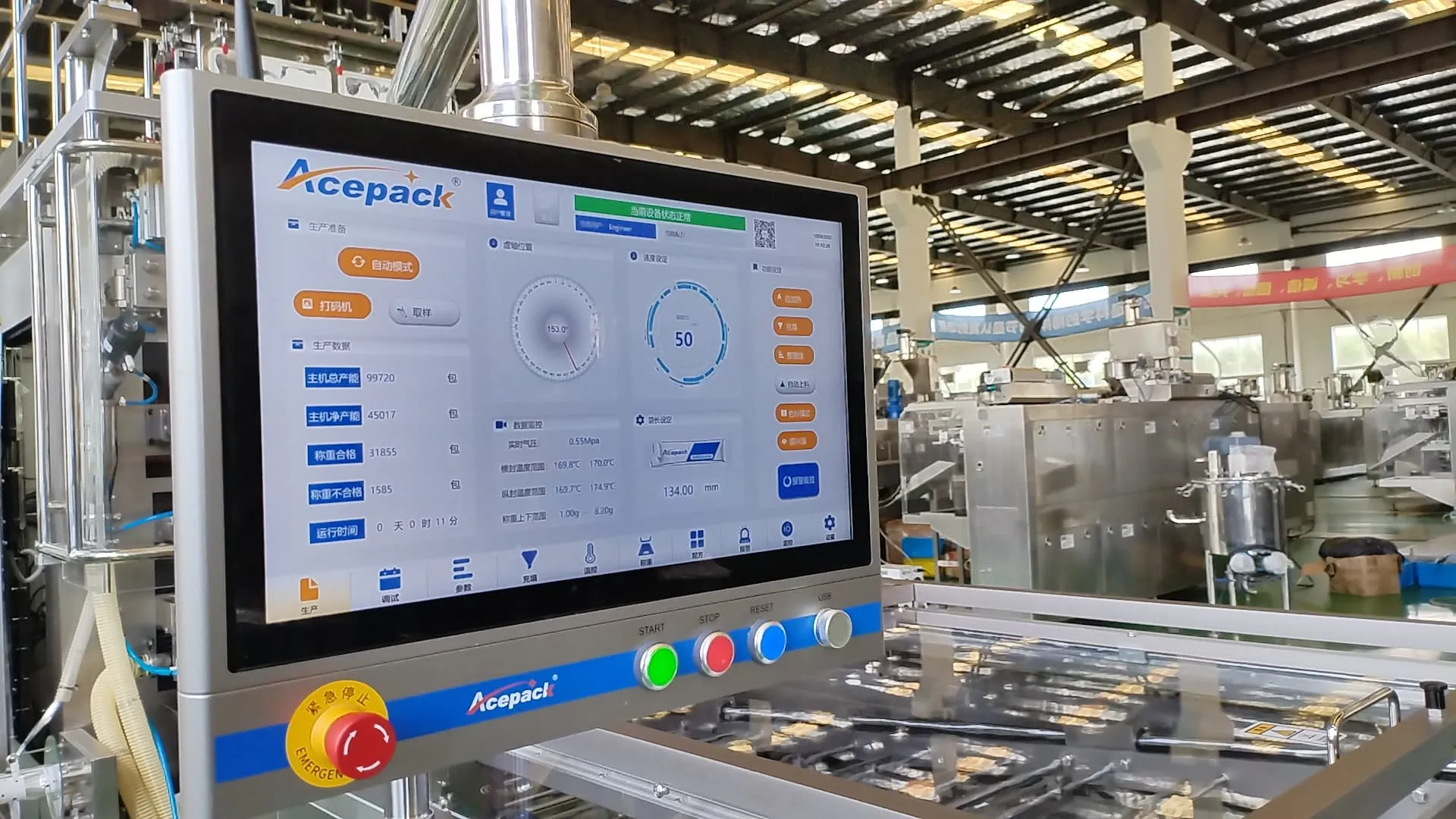Optimizing Your Pharma Line: A Deep Dive into Vertical Stick Pack Multi-Lane Machine Selection
Oct 15, 2025
Choosing the Right Multi-Lane Stick Pack Machine: A Pharmaceutical Manufacturer's Checklist
The decision to invest in a Vertical Stick Pack Multi-Lane Packaging Machine is a significant one that will impact your production capabilities for years to come. With various models and configurations available, selecting the right machine requires a careful analysis of your specific needs. This guide delves into the critical considerations to ensure you choose a machine that not only packs your medicinal powder but also enhances your entire operation's reliability and compliance.

What Production Speed and Output Do You Really Need?
The "multi-lane" aspect is all about output, but more lanes aren't always the automatic answer. You must balance speed with operational reality.
-
Calculate True Demand: Analyze your current and projected future demand. A 12-lane machine might sound impressive, but if you only need 200 packs per minute, a 4-lane machine might be more cost-effective and easier to manage.
-
Consider Changeover Frequency: If you run many short batches with frequent product changeovers, a machine with faster, more automated changeover features (e.g., recipe recall, quick-change parts) might be more valuable than sheer top speed.
-
Uptime vs. Peak Speed: A machine that runs consistently at 90% uptime at 400 ppm is often more productive than one that theoretically reaches 500 ppm but suffers from frequent jams and downtime.

How Do You Handle Different Powder Characteristics?
Not all medicinal powders are created equal. Their behavior directly influences the choice of filling system and machine components.
-
Free-Flowing Powders: Powders like granulated electrolytes or certain antibiotics work well with auger fillers. The key is a servo-driven auger system for high precision.
-
Cohesive or Aerated Powders: Fine, fluffy powders like protein isolates or some herbal extracts can fluidize and are prone to dusting. For these, a pump-based filler or an auger system with special de-aeration features and integrated dust extraction is crucial.
-
Abvasive Powders: Certain APIs can be abrasive. Ensure that the augers and other contact parts are made from wear-resistant materials like tool steel or have special coatings to extend their lifespan.
What Level of Automation and Integration is Required?
Modern pharmaceutical plants are increasingly connected. Your packaging machine shouldn't be an island.
-
Basic Automation: This includes servo drives for all motions, a user-friendly HMI (Human-Machine Interface) for control, and automatic fault detection.
-
Advanced Integration: Look for machines with OPC-UA or other standard communication protocols to seamlessly integrate with your Plant Management System (MES) or ERP. This enables real-time production monitoring, OEE tracking, and electronic batch record generation.
-
In-Line Quality Checks: Essential for Pharma. Does the machine have provisions for integrating checkweighers, metal detectors, and vision systems? These can be per-lane or a single system at the end of the conveyor, and your choice impacts the machine's design and control system.
How Critical is Ease of Cleaning and Maintenance?
In a GMP environment, cleaning is not an afterthought; it's a core function. The machine's design directly impacts your operational efficiency and compliance risk.
-
Sanitary Construction: Inspect the machine for open-frame designs, easy access to all product zones, and the absence of dead legs or hidden areas where powder can accumulate.
-
Wash-in-Place (WIP) or Clean-in-Place (CIP): For high-volume production or products that are difficult to clean, some machines offer semi-automated WIP/CIP systems that significantly reduce cleaning time and operator error.
-
Documentation: The supplier should provide detailed and validated cleaning instructions (CIP/SIP protocols) and preventative maintenance schedules.
What About Your Packaging Material and Seal Integrity?
The machine and the film must work in perfect harmony to create a hermetic seal that protects your product.
-
Film Specification: Work with your film supplier to define the correct laminate structure (e.g., PET/AL/PE). The machine must be able to handle this film reliably, with precise temperature control for the sealing jaws to ensure consistent, strong seals.
-
Seal Integrity Testing: The machine should produce seals that can be validated through tests like burst pressure or dye penetration. Ask the manufacturer about their seal validation process and what support they provide for your own qualification (IQ/OQ/PQ).
-
Cooling Jaws: For certain films, cooled sealing jaws are necessary to set the seal properly before the pack is tensioned, preventing wrinking and ensuring a pristine finish.
By systematically evaluating your needs against these critical factors—output, product characteristics, automation, cleanability, and materials—you can move beyond a simple specification sheet and select a Vertical Stick Pack Multi-Lane Packaging Machine that truly becomes a robust, compliant, and profitable asset to your pharmaceutical manufacturing line.



.webp?x-oss-process=image/resize,w_100/quality,q_100)





